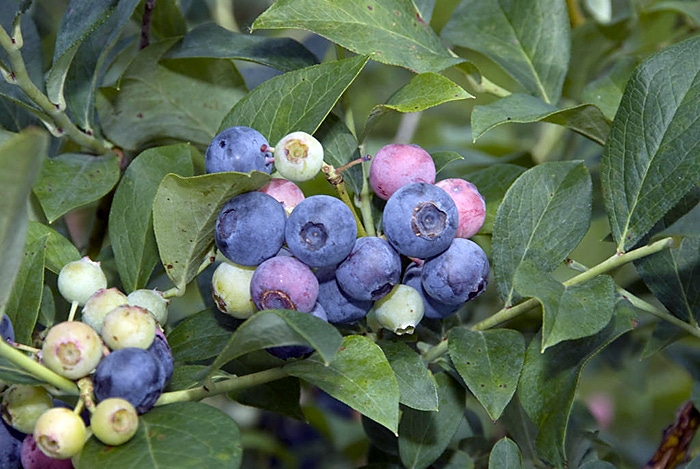October 1, 2010

As demand for blueberries keeps increasing so does the need for more people to grow them. To promote both the production of blueberries and their nutritional value, the LSU AgCenter has developed a new website, http://www.eXtension.org/blueberries.
“This website has several goals. But a primary goal is to introduce a new economic development opportunity for people,” said Natalie Hummel, LSU AgCenter Extension entomologist and the project leader for the new website.
The website is part of the eXtension.org national website, which includes educational information on hundreds of topics posted by Extension specialists at land-grant universities across the country.
LSU AgCenter specialists, along with collaborators in three other Southern states, received a three-year, $518,000 grant from the U.S. Department of Agriculture’s Specialty Crop Research Initiative in September 2009 to develop the blueberry website.
The website is populated with articles on how to grow blueberries, both conventionally and organically. Topics covered include site selection, soil testing, treating diseases, weeds, insect pests and much more.
The website has information on the health benefits of eating blueberries as well as how to select fresh berries, cook with them and preserve them through canning, freezing and drying. A recipe section includes salads, pies, drinks, muffins and even a blueberry soup.
“The site will be continually updated and added to,” Hummel said.
If viewers want to know something about blueberries they can’t find on the site, they can “Ask an Expert” by going to a link on every page where questions can be posted.
Blueberries are becoming more popular as word of their nutritional benefits spreads, said Heli Roy, LSU AgCenter nutritionist and website contributor. They are an excellent source of antioxidants, which can help protect the body from cancer, diabetes and heart disease.
“Research keeps uncovering more benefits from eating blueberries,” Roy said.
Blueberries also are good sources of fiber and vitamin C. A half cup of blueberries contains fewer than 50 calories, Roy said.
Fresh, locally grown blueberries are available from early May through mid-June in south Louisiana and from early June through mid-July in north Louisiana. Fresh blueberries from other sections of the country are plentiful in supermarkets in July and August.
Most blueberry production in the United States is in the Northeast, but the No. 1 state in blueberry production is Michigan, which produced 99 million pounds in 2009, said Roger Hinson, LSU AgCenter economist. The South lags behind both the Midwest and the West, but the fastest growth in blueberry production is in the West and the South, he said.
In 2009, Louisiana had 123 blueberry producers, according to the LSU AgCenter’s Ag Summary estimates. Blueberries were grown on nearly 300 acres with a yield per acre at about 2,600 pounds. The gross farm value was a little more than $1.5 million.
“We hope as a result of this site more people will go into the blueberry-production business,” Hummel said. “We also hope more people will eat more blueberries.”
The LSU AgCenter’s four partners in the project are the USDA’s Agricultural Research Service in Poplarville, Miss.; Mississippi State University in Starkville, Miss.; Auburn University in Auburn, Ala.; and North Carolina State University in Raleigh, N.C.
Contacts: Natalie Hummel at 225-578-7386 or [email protected]; Heli Roy at 225-578-4486 or [email protected]; and Roger Hinson at 225-578-2753 or [email protected].
Writer: Linda Foster Benedict at 225-578-2937 or [email protected].
You May Also Like




